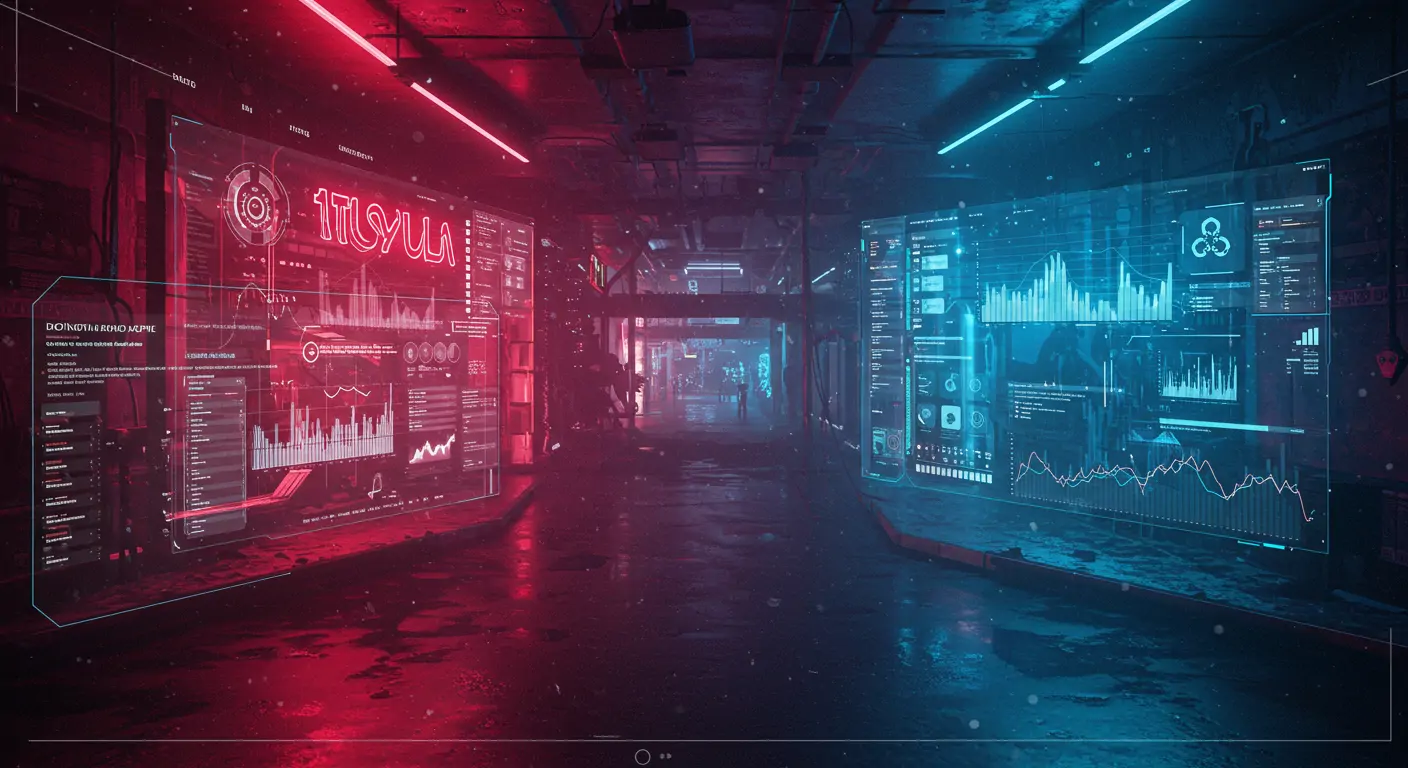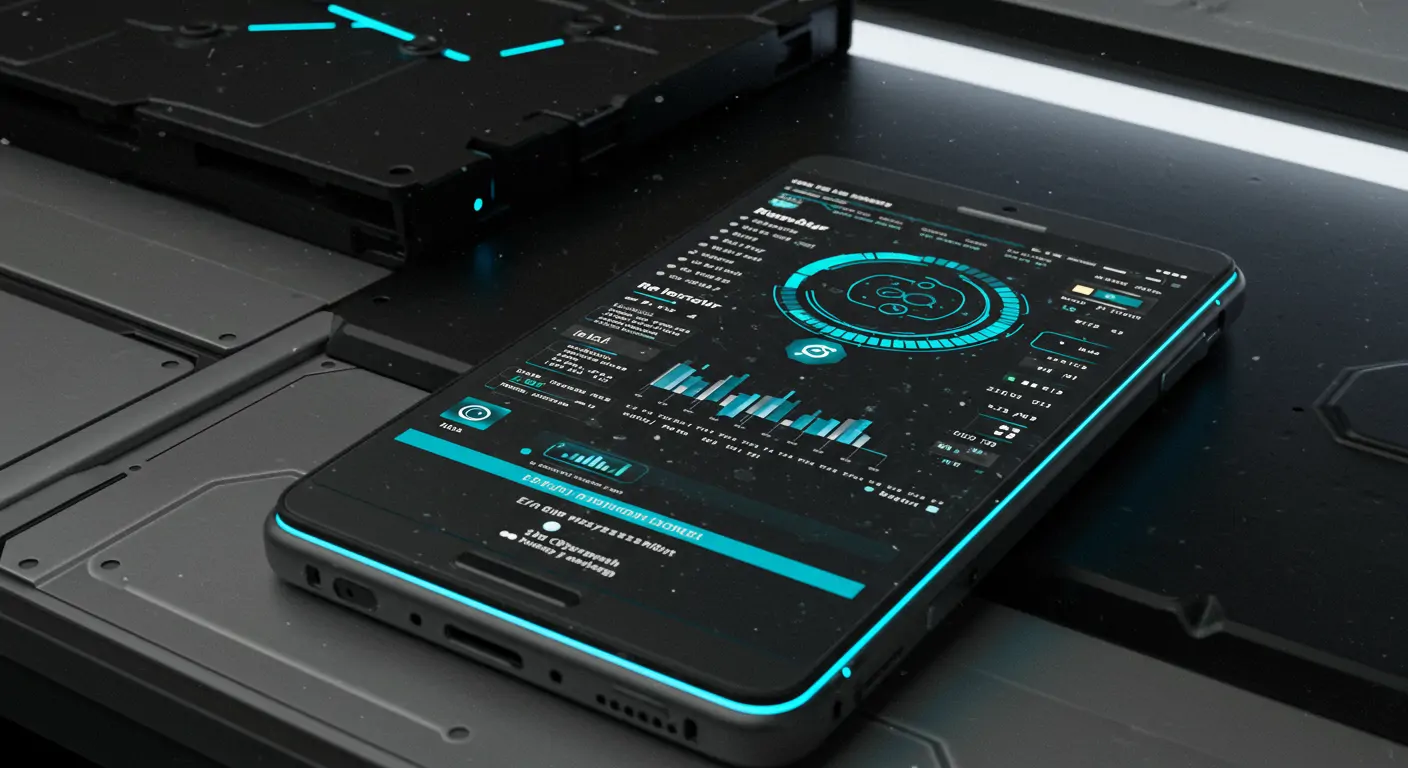The Problem Everyone Faces
One common misconception in mobile app development is that UI frameworks from five years ago can still deliver optimal performance in today's fast-evolving tech landscape. Developers often find that traditional solutions like XML-based UI designs struggle to keep up with the demands of modern applications, leading to laggy interfaces and poor user experiences.
Consider a scenario: an e-commerce app built using XML UI layouts is reporting significant latency issues as user interactions increase. Despite numerous optimization attempts, the app still fails to deliver a smooth experience during peak usage. The cost? Increased user churn and lost revenue.
Understanding Why This Happens
The root cause lies in the inherently verbose nature of XML layouts, which require extensive parsing and rendering, consuming valuable resources. The misconception is that hardware advancements alone can compensate for this inefficiency. However, without concurrent advancements in software practices, performance bottlenecks persist.
The Complete Solution
Part 1: Setup/Foundation
First, ensure your development environment is ready. Install the latest version of Android Studio and ensure you have Kotlin 1.8 or later. Create a new project and select 'Jetpack Compose Activity' as your template. This setup comes with necessary dependencies pre-configured, allowing you to leverage Compose's declarative UI directly.
Part 2: Core Implementation
Next, configure your UI using Compose. Here's a simple example of setting up a list of items:
This code efficiently renders a list, drastically reducing the time taken to draw elements compared to traditional views.
Part 3: Optimization
After implementing the core UI, focus on performance optimizations. Use LazyColumn for lists to efficiently load and render only visible items. Implement caching strategies for expensive operations, and profile your app using Android Profiler to identify bottlenecks.
Testing & Validation
To verify your implementation, conduct performance tests using Android Profiler's CPU and memory monitoring tools. Validate the smoothness of transitions and responsiveness of UI components under various network conditions.
Troubleshooting Guide
Common issues include unexpected UI flickering and slow list rendering. Resolve flickering by ensuring all Compose functions are side-effect-free. For slow rendering, check for unnecessary recompositions and optimize them.
Real-World Applications
Jetpack Compose's flexibility is exemplified in apps like Notion and Pinterest, which leverage its capabilities to provide fluid and interactive user experiences. By using Compose, these apps simplify complex UI updates and animations.
Frequently Asked Questions
Q: How does Jetpack Compose compare to traditional XML layouts in terms of performance?
A: Jetpack Compose offers significant performance improvements over XML layouts by employing a declarative approach. It minimizes render time and enhances efficiency by only updating changed elements, unlike XML, which often requires redrawing entire layouts. Compose's integration with Kotlin coroutines further optimizes async data handling, improving UI responsiveness.
Q: Is Jetpack Compose production-ready for large-scale applications?
A: Absolutely. With each release, Jetpack Compose has matured significantly, offering stable APIs and seamless integration with existing Android apps. Many large-scale apps, such as Airbnb, have successfully transitioned to Compose, benefiting from its modularity and reduced boilerplate.
Q: Can Jetpack Compose be used alongside existing XML layouts?
A: Yes, you can integrate Compose with existing XML layouts incrementally, allowing for a gradual transition. Compose's can embed composables in XML-based layouts, and vice versa, providing flexibility during migration.
Key Takeaways & Next Steps
By adopting Jetpack Compose and Kotlin, you've unlocked new efficiencies in mobile app development. This tutorial covered setup, implementation, and optimization techniques to ensure high-performance outcomes. Next, delve into advanced Jetpack Compose animations and state management patterns to further enhance your app's user experience.




